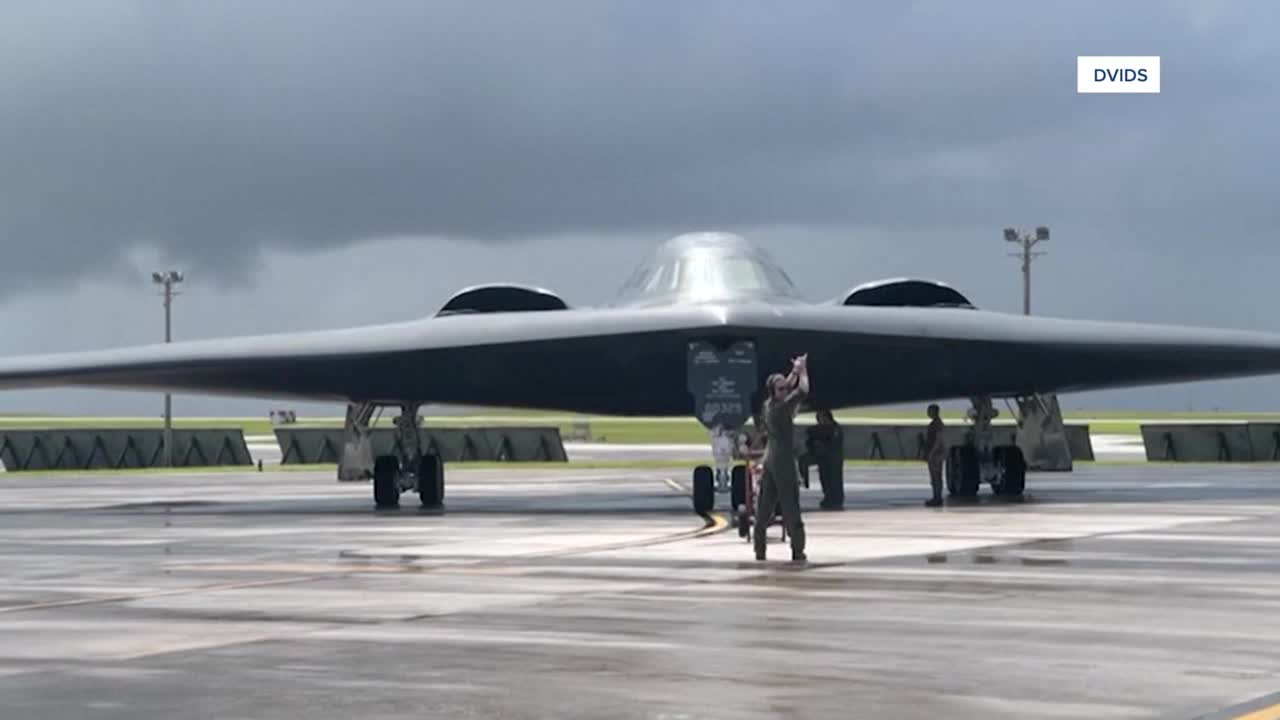KSHB 41 reporter Charlie Keegan covers politics on both sides of the state line. If you have a story idea to share, you can send Charlie an email at charlie.keegan@kshb.com.
—
B-2 bombers from Whiteman Air Force Base near Knob Noster, Missouri, were the centerpiece of an overnight attack on Iran.
U.S. defense leaders explained the strategy behind Operation Midnight Hammer during a briefing at the Pentagon Sunday morning.
They called it the “largest operational strike” in B-2 history.
Gen. Dan Caine, chairman of the Joint Chiefs of Staff, said the first two B-2 bombers to take off headed west toward the Pacific. This was a diversion.
Seven other B-2 Spirit bombers crossed the Atlantic. Each plane carried two bunker buster bombs, officially called GBU-57 or a Massive Ordnance Penetrator (MOP) bomb.

The planes refueled in mid-air during the 18-hour flight from Missouri to Iran.
At about 2 a.m. Sunday local time, the aircraft dropped the bombs on Iran’s nuclear facilities. Caine said the planes went undetected.
“Throughout the mission, we retained the element of surprise,” he said.

B-2 Spirit bombers have special characteristics that make them harder for radar to detect. The planes are only operated out of Whiteman Air Force Base.
“The scope and scale of what occurred last night would take the breath away of almost every American who had the opportunity to watch it. I think Tehran is certainly calculating the reality that planes flew from the middle of America, in Missouri, overnight completely undetected,” said Secretary of Defense Pete Hegseth. “We believe that we have had a clear psychological impact on how they view the future and certainly hope they take the path of negotiating peace.”
Military leaders called the mission a success.
Most of the federally elected leaders in Missouri and Kansas voiced their support for the strike.
One man captured video of the B-2 bombers returning to the base on Sunday.
—






